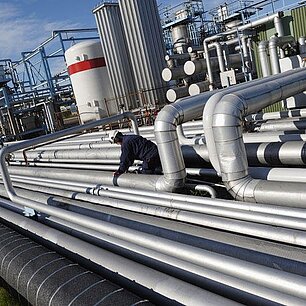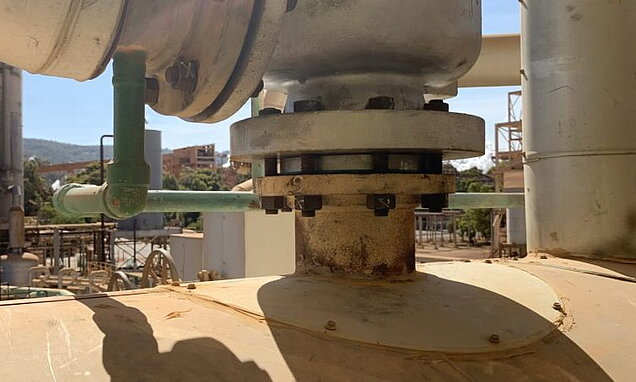An estimated one-sixth of all steel production worldwide is used to replace corroded metal—much of it at cooling water piping systems.
And yet, corrosion problems are increasing in frequency and severity, not decreasing.

Next to fire, pipeline corrosion represents the most serious threat and monetary loss to any commercial or industrial building, or plant operation.
The corrosion of steel piping and its related components is a continuous and virtually unstoppable process. The end product, which is commonly referred to as rust, is simply the result of an electrochemical reaction through which the higher energy-processed metal is slowly reverted back to its naturally occurring form: metal ore.
Even with the proper application of available countermeasures, the estimated cost for replacing corroded piping systems in the United States alone stands well in excess of $85 billion annually—making corrosion one of the most potentially damaging losses to any commercial, private or industrial property. The financial impact of all metal corrosion on a worldwide scale is staggering—resulting in losses of $1,4 trillion in the United States alone for 2018.
An estimated one-sixth of all steel production worldwide is used to replace corroded metal—much of it at cooling water piping systems. And yet, corrosion problems are increasing in frequency and severity, not decreasing.
Fire protection systems now fail within 2–3 years. Entire condenser water and cooling systems fail within 5–10 years. For various reasons ranging from declining material quality and engineering to less effective corrosion controls, corrosion activity now presents to many property managers potentially career-altering challenges.

